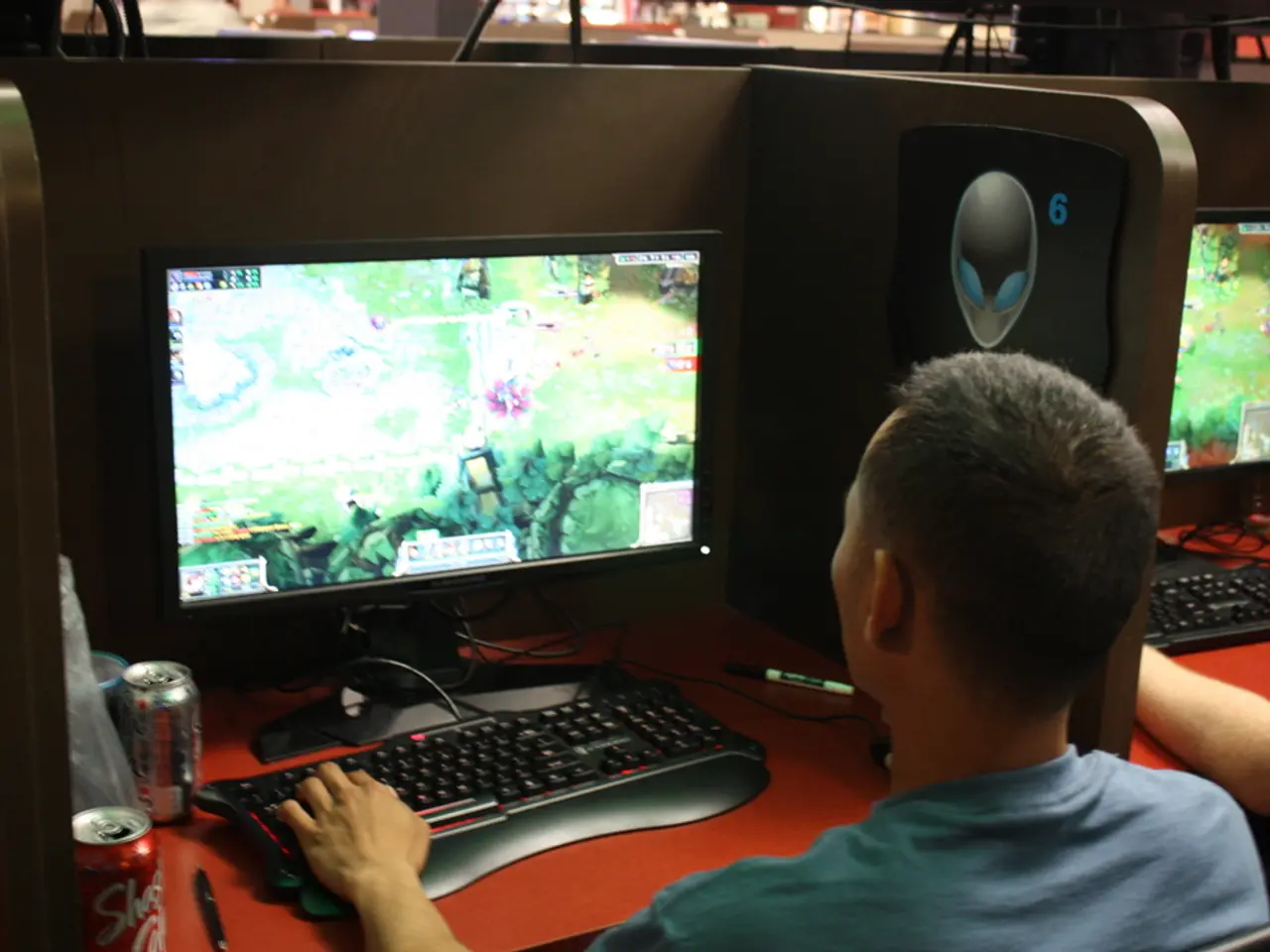The influence of early video games on problem-solving abilities, distinct from modern gaming.
**Revisiting the Cognitive Benefits of Early Pixelated Games**
In the realm of video gaming, the shift from simple, pixelated titles to today's immersive, high-definition experiences has been profound. However, it's essential to appreciate the unique cognitive advantages that the early pixelated games offered.
### The Impact of Early Pixelated Games on Cognitive Development
These classic games, such as *The Legend of Zelda*, *Tetris*, *SimCity*, and *Myst*, despite their rudimentary graphics, played a significant role in fostering fundamental cognitive skills.
- **Spatial Awareness and Problem-Solving**: Games like *The Legend of Zelda* and *Myst* required players to navigate complex environments, solve puzzles, and remember locations, nurturing strong visual-spatial skills and memory. The pixelated graphics encouraged players to mentally fill in details, which can improve abstract thinking.
- **Strategic Thinking and Planning**: *SimCity* introduced players to resource management and long-term planning by simulating city-building and economics. This engagement with decision-making processes under uncertainty nurtured executive functions and complex planning skills.
- **Pattern Recognition and Quick Reflexes**: *Tetris* is a prime example of a game that enhances pattern recognition abilities, spatial rotation skills, and quick decision-making. The simple falling blocks required players to analyze shapes rapidly and fit them optimally, which correlates with improved mental rotation and visuospatial ability.
### Modern Games vs. Early Pixelated Games
Modern games often feature hyper-realistic graphics and immersive storylines, combining complex narratives with advanced mechanics. These developments build upon the foundational cognitive skills fostered by early games but often add layers of complexity involving real-time strategy, multitasking, and rapid adaptation.
According to recent insights from medical professionals, modern gaming—including first-person shooters and strategy games—can enhance cognitive abilities such as hand-eye coordination, situational awareness, and decision-making under pressure, which are skills transferable even to high-stakes real-world tasks like surgery.
### Key Differences
| Aspect | Early Pixelated Games | Modern Games | |---------------------------|------------------------------------|---------------------------------------| | **Graphics & Immersion** | Simple pixel art, limited realism | High-fidelity graphics, immersive VR | | **Cognitive Focus** | Spatial reasoning, puzzle-solving, planning | Multitasking, quick reflexes, hand-eye coordination, situational awareness | | **Gameplay Complexity** | Turn-based or slower-paced | Often real-time, fast-paced | | **Skill Application** | Abstract cognitive skills | Applied skills in coordination and stress management, e.g., surgical planning[1] |
### Conclusion
Early pixelated games were crucial in developing fundamental cognitive skills like spatial reasoning, memory, and strategic planning through their puzzle and strategy-driven gameplay. Modern games build upon and expand these cognitive benefits by incorporating real-time challenges that enhance coordination, situational awareness, and decision-making under pressure.
Revisiting classic video games can rekindle dormant cognitive circuits and provide neural exercise. This evolution highlights how video games, from their pixelated origins to today's sophisticated formats, have continuously influenced cognitive development in varied and significant ways[1][3].
[1] Medical News Today. (2021). How video games can improve cognitive function. Retrieved from https://www.medicalnewstoday.com/articles/326428 [3] Grandjean, D. (2014). The impact of video games on children. Nature Reviews Neuroscience, 15(10), 645-656. Retrieved from https://www.nature.com/articles/nrn3911
- The mind-charging effects of early pixelated games like The Legend of Zelda, Tetris, SimCity, and Myst, despite their limited graphics, have been found to enhance cognitive functions such as spatial awareness, problem-solving, pattern recognition, and quick reflexes.
- Engaging with simple falling blocks in Tetris not only improves pattern recognition abilities but also boosts mental rotation and visuospatial abilities, as players are forced to analyze shapes and fit them optimally.
- Games such as The Legend of Zelda and Myst, with their intricate environments and puzzles, help nurture strong visual-spatial skills, memory, and abstract thinking by requiring players to navigate complex landscapes and remember locations.
- Modern games, with their high-definition graphics and immersive storylines, continue to build upon the foundational cognitive skills honed by early games but also add complex layers of real-time strategies, multitasking, and rapid adaptation.
- Medical professionals suggest that modern gaming, including first-person shooters and strategy games, can heighten cognitive abilities like hand-eye coordination, situational awareness, and decision-making under pressure – skills that are transferable even to high-stakes real-world tasks like surgery.
- Nutrition, supplements, and neuroscience, combined with technology, offer potential avenues for improving focus, attention, and overall performance – but the cognitive advantages of early pixelated games still hold weight in fostering essential mental skills.
- Exercise, particularly physical and mental, may work synergistically with cognitive training provided by early pixelated games, as both activities can contribute to improved cognitive function, problem-solving, and memory retention.
- As science continues to explore the link between brain function, gadgets, and technology, it becomes evident that both early pixelated games and modern gaming have contributed significantly to cognitive development and may play a crucial role in shaping future learning and problem-solving strategies.







